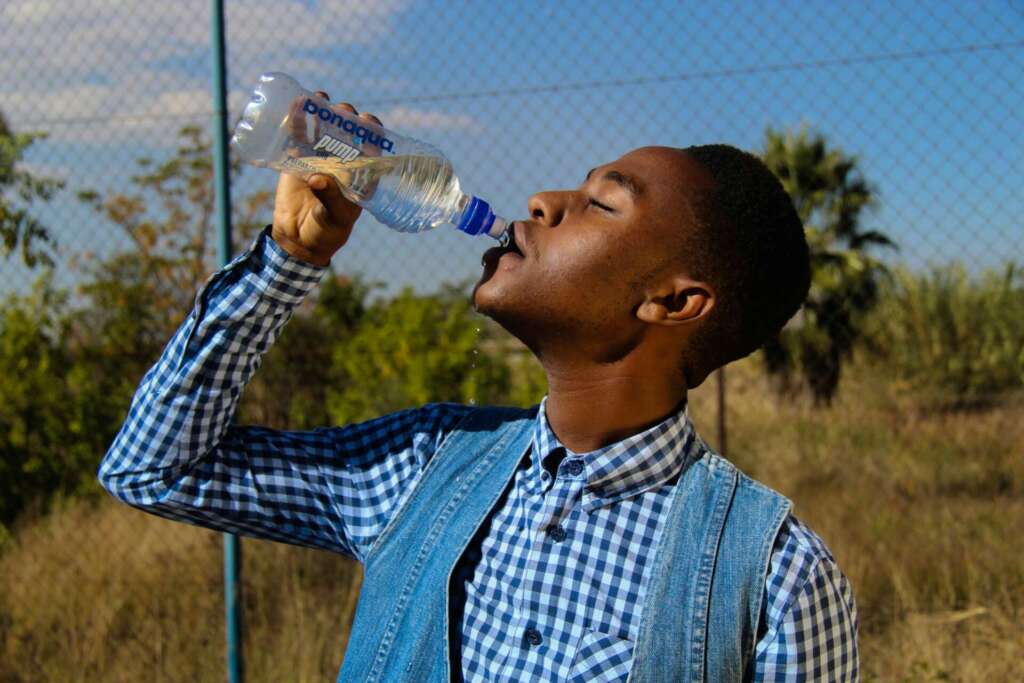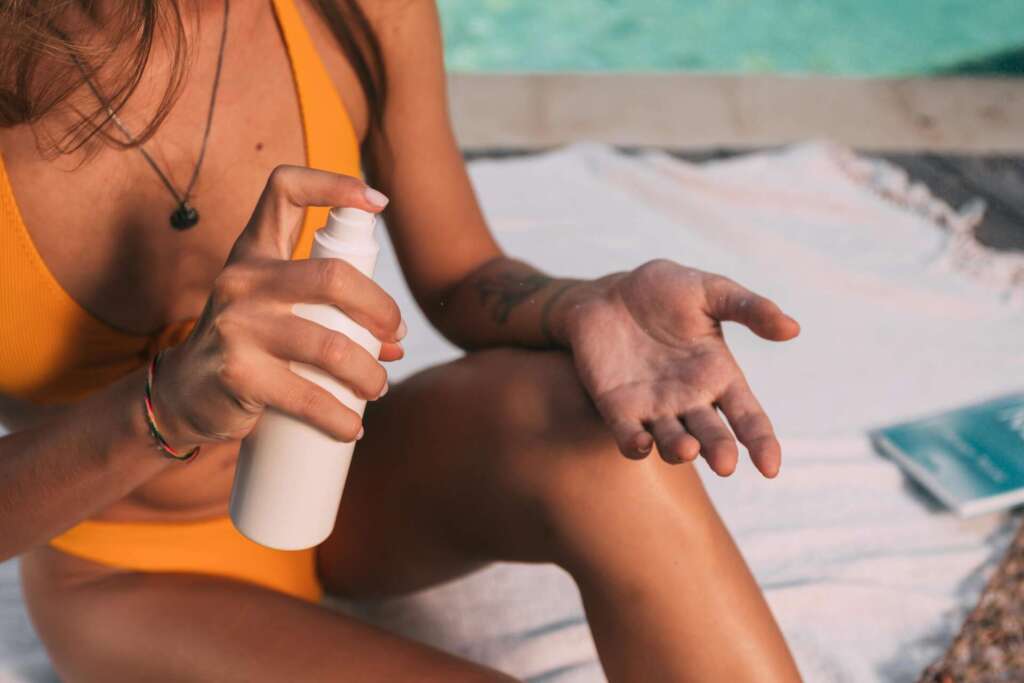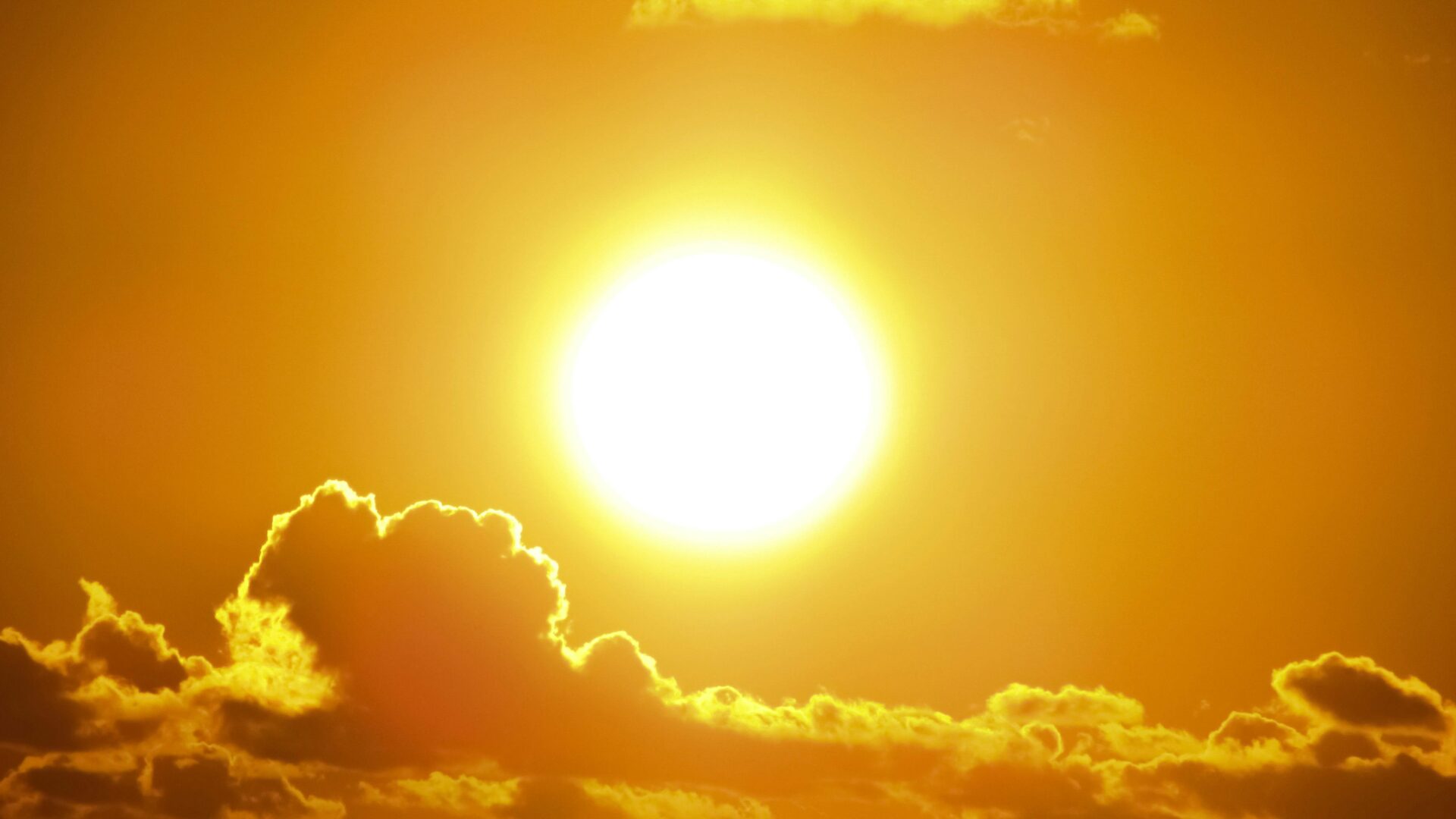As the northern hemisphere enjoys its summer months, temperatures are rising, and outdoor activities are in full swing. But with all the fun in the sun, it’s important to be aware of the risks associated with humid weather and extreme heat. One of those risks is a heat-related medical emergency called heat stroke.
Whether you’re heading to the beach, enjoying a backyard barbecue, or simply soaking up some rays, understanding how to recognize, treat, and prevent heat stroke can keep you and your loved ones safe. Next, let’s dive into everything you need to know to stay cool and healthy this summer.
What is Heat Stroke?
Heat stroke is a severe medical condition. It occurs when your body gets too hot and can’t cool down. Usually, when you get hot, your body’s reaction is to sweat. The sweat then evaporates to cool you off. But in heat stroke, your core body temperature rises to 104°F (40°C) or higher, and sweating isn’t enough to cool you down. This can happen if you’re outside in the sun too long or doing hard exercise on a really hot day.
Heat stroke can be very dangerous, potentially damaging the brain, heart, kidneys, and muscles. With this in mind, it’s important to get medical help right away if you think someone is exhibiting signs and symptoms. Let’s examine what those might look like.
Signs and Symptoms

Recognizing the symptoms of heat stroke early can save lives. Common signs include:
- High body temperature of 104°F (40°C) or higher
- Skin that is very hot and dry to the touch
- Rapid, strong pulse
- Headache
- Dizziness, light-headedness or feeling faint
- Nausea and vomiting
- Confusion or disorientation, including slurred speech
- Muscle weakness or cramps
- Loss of consciousness in more severe cases
Signs and Symptoms in Children
Heat stroke symptoms in kids and toddlers can be similar to those in adults, but there are some differences and additional signs to watch for. Here’s a quick comparison:
Sweating
Despite the heat, adults often stop sweating during heat stroke. It is a dangerous sign that your body’s cooling system has failed. However, kids have a more challenging time regulating their temperature than adults. They might still be more likely to sweat. This means they would have hot, damp skin instead of hot, dry skin like adults.
Behavioural changes
Irritability and unusual fussiness are more prominent in young children and toddlers. They will act a bit differently from their usual self. Older children might display signs of lethargy. They may appear unusually tired, sluggish, or have trouble staying awake.
Seizures
Unlike adults, kids are more prone to seizures during heat stroke.
Remembering that young children often can’t communicate their symptoms effectively is important. Yet, they are more vulnerable to heat stroke due to their smaller body size and inability to regulate temperature as efficiently as adults. Therefore, it is crucial for the adults around them to recognize these signs and symptoms and respond as quickly as possible.
How to Treat Heat Stroke

Quick action is crucial in treating heat stroke, as it can prevent serious complications and save lives. Follow these steps if you suspect someone is suffering from heat stroke.
Call for emergency help.
Immediately dial emergency services (911 or your local emergency number) if you suspect someone has a heat stroke. It is a severe condition that requires professional medical attention.
Cool the person down.
- Get the person to a shaded, cool area as quickly as possible. Indoors with air conditioning is ideal, but any shaded or more relaxed spot will help if that’s unavailable.
- Take off any unnecessary clothing to help the body cool.
- If possible, place the person in an ice bath or a tub of cool water. This is one of the most effective ways to lower body temperature quickly.
- Apply ice packs or cold cloths to the person’s armpits, groin, neck, and back. These areas have many blood vessels close to the skin and can help cool the body.
- If a tub or cool cloths aren’t available, use a fan to blow cool air on the person while misting their skin with water.
Hydrate and Monitor Symptoms
If the person is conscious and can drink, give them cool water or a sports drink. Avoid caffeinated or alcoholic beverages, as these can worsen dehydration.

Keep a close eye on the person’s condition while waiting for emergency help. Look for signs of improvement or worsening, such as changes in consciousness or breathing. Remain with the person until medical professionals arrive. Provide reassurance and keep them as comfortable as possible.
Follow medical advice
Once emergency responders arrive, follow their instructions carefully. The person may need to be taken to a hospital for further treatment.
How to Avoid Heat Stroke
Prevention is key when it comes to heat stroke, sunstroke, and heat exhaustion. You can stay safe by doing the following:
- Keep cool and hydrated, especially during hot weather or intense physical activity.
- Drink plenty of water throughout the day.
- Try to avoid alcohol and coffee as they dehydrate you.
- Take frequent breaks in the shade or indoors where it’s cooler.
- Wear lightweight, loose-fitting clothing and a wide-brimmed hat to protect yourself from the sun.
- Avoid strenuous activities during the hottest parts of the day, typically between 10 a.m. and 4 p.m.
- Use sunscreen to prevent sunburn, which makes it harder for your body to stay cool.
- Pay attention to weather forecasts and heat advisories
- Never leave children or pets in a parked car, even temporarily.
Taking these precautions can significantly reduce your risk of heat stroke.

How Long Does Heat Stroke Last?
Recovery depends on the severity and speed of treatment. With prompt care, most people start feeling better within a few hours. However, full recovery can take several days to weeks, depending on your severe symptoms. Severe cases may result in lasting damage and long-term medical care if the heat stroke causes long-term changes like brain damage.
How Do People Die of Heat Stroke?
People can die from heat stroke because it severely disrupts the body’s ability to regulate temperature. This leads to a rapid and dangerous rise in core body temperature. Critical functions start to fail when the body’s temperature exceeds 104°F (40°C). The extreme heat can damage the brain, heart, kidneys, and muscles, causing them to malfunction. Without prompt treatment, this can lead to widespread organ failure.
Additionally, heat stroke can cause severe dehydration and a breakdown of the body’s internal cooling mechanisms, further exacerbating the damage to vital organs. The combined effects of organ failure, dehydration, and systemic shock can be fatal if emergency medical intervention is not provided quickly.
Tommy’s Story

Tommy, an 8-year-old ball of energy, spends the day at the beach with his parents, Lisa and Mark. He’s so excited to build sandcastles and play in the waves that he can’t wait to start. They get to the beach early, with sunscreen, toys, and plenty of snacks. Tommy runs around endlessly despite the heat, playing with other kids in the sand.
Presentation
By midday, the temperature is at its peak, and the sun is beating down. Lisa and Mark notice Tommy slowing down but think he needs a short rest. Tommy insists he’s fine and keeps playing. Over the next hour, Tommy starts to show concerning symptoms: he’s irritable, has a headache and is flushed. He does not seem like his usual self! His parents notice he’s sweating a lot but think it’s just the heat and his activity level.
At 2pm Tommy suddenly feels dizzy and nauseous. He sits down, feeling weak and confused. Lisa checked his forehead, and it was scorching hot. She realises something is wrong and calls Mark, who suggests they move Tommy to the shade and give him water. Despite drinking water, Tommy doesn’t improve; he starts vomiting, and his skin feels dry and hot to the touch. Panicking, Lisa realised these are heat stroke symptoms and called for help from other beachgoers.
Emergency Response
A lifeguard arrives quickly, assesses Tommy, and calls for an ambulance. While waiting for help, the lifeguard tells Lisa and Mark to cool Tommy down by applying cool, wet cloths to his skin and fanning him. They also elevate his feet to improve blood flow. Despite their efforts, Tommy’s condition is serious, and they wait anxiously for professional help to arrive.
The paramedics arrive and give Tommy initial treatment on-site, including IV fluids to rehydrate him and measures to lower his body temperature. They then take him to the nearest hospital, where he is admitted for further treatment. The medical team rehydrates Tommy and monitors his vitals. He is kept in a relaxed environment, and his body temperature is returned to normal.
Recovery and Follow-Up
Tommy spent the next few days in the hospital for observation. Then, he started improving, and his temperature was stable. The doctor tells Lisa and Mark that heat stroke is a serious condition that can be life-threatening if not treated quickly. They discuss preventative measures for the future, including making sure he’s adequately hydrated, taking regular breaks in the shade, and recognising early signs of heat-related illnesses.
Outcome
Tommy is discharged and goes home with his relieved parents. The experience is a valuable lesson for the family about the dangers of excessive heat exposure, especially for kids. Lisa and Mark are more vigilant about sun safety and ensure Tommy and themselves are better protected during outdoor activities. The experience shakes Tommy, but he bounces back with his usual energy and enthusiasm, and he can’t wait to return to the beach.
Heat Stroke or A Different Heat-Related Illness?
Heat stroke is not the only heat-related illness. Understanding the difference between these conditions can help in early recognition and treatment:
- Heat Stroke: Severe, life-threatening condition with body temperatures above 104°F (40°C).
- Sun Stroke: Often used interchangeably with heat stroke, but typically refers to heat stroke explicitly caused by direct sun exposure.
- Heat Exhaustion is less severe. Symptoms include heavy sweating, weakness, cold, pale, and clammy skin, fast, weak pulse, nausea or vomiting, and fainting. If left untreated, it can lead to heat stroke.
Heat Rash
Heat stroke and heat rash are both heat-related conditions, but they differ significantly in severity and symptoms. Also known as prickly heat, heat rash occurs when sweat ducts become blocked and sweat gets trapped under the skin, causing red, itchy bumps. It is usually mild and can be treated by keeping the skin cool and dry.
On the other hand, heat stroke is a life-threatening heat-related illness where the body’s temperature regulation system fails, leading to a dangerously high body temperature, confusion, and even unconsciousness.
While both conditions can result from excessive heat exposure, heat rash is not a precursor to heat stroke. However, both highlight the importance of staying cool and hydrated in hot weather to prevent serious heat-related illnesses.
Treatment for Heat Rash
- Keep the skin cool and dry.
- Wear loose, lightweight clothing.
- Stay in a cool environment.
- Use calamine lotion or hydrocortisone cream to relieve itching.
If symptoms do not improve, or you are unsure what the rash is or you feel unwell –> see a doctor.
Key Takeaways
In conclusion, heat stroke is a severe medical condition when your body overheats due to an elevated core body temperature. This happens when your body temperature rises to 104°F (40°C) or higher. Heat stroke requires immediate medical attention as it can damage your brain, heart, kidneys, and muscles. The more extended treatment is delayed, the worse the damage can be.
By understanding heat stroke, its symptoms, and preventive measures, you can enjoy the summer safely and help protect those around you. Remember, quick action can save lives when it comes to heat stroke. Stay cool and stay safe!
Watch my video for a quick summary of the symptoms of heat stroke:
Learn more about beating the heat in my blog post: How good is sunscreen for your skin?
Disclaimer: The content on this page and the video attached is for educational purposes and not intended to be a substitute for professional medical advice, diagnosis, or treatment. Always get advice from your doctor if you are worried or have symptoms.
References



3 Comment(s)
by X22Nic
Hey people!!!!!
Good mood and good luck to everyone!!!!!
by X22Nic
Hey people!!!!!
Good mood and good luck to everyone!!!!!
by X22Nic
Hey people!!!!!
Good mood and good luck to everyone!!!!!